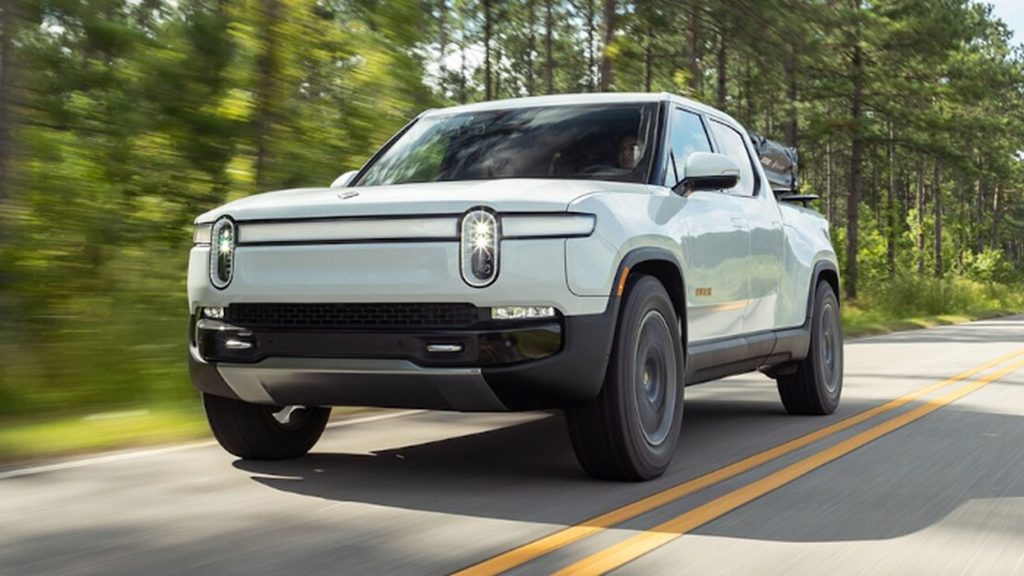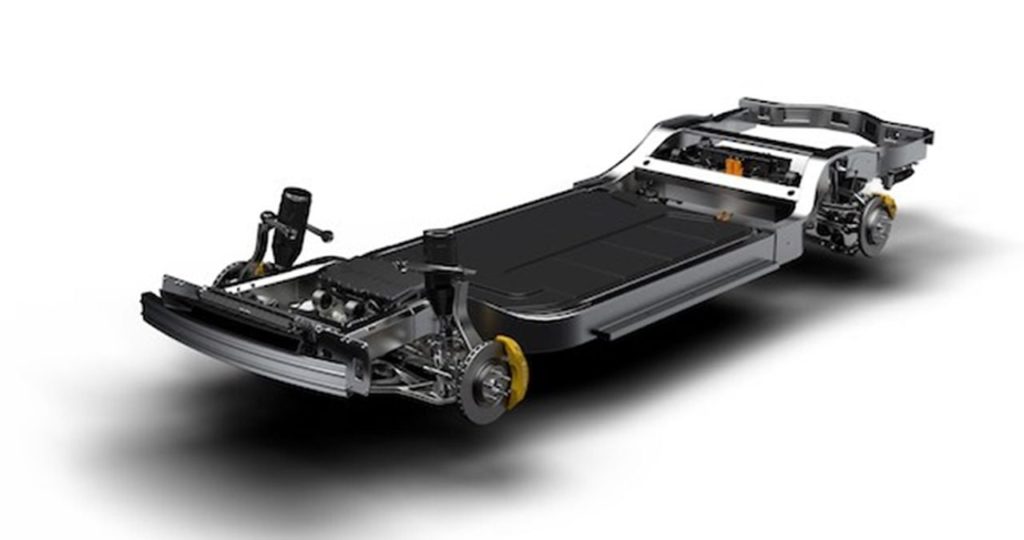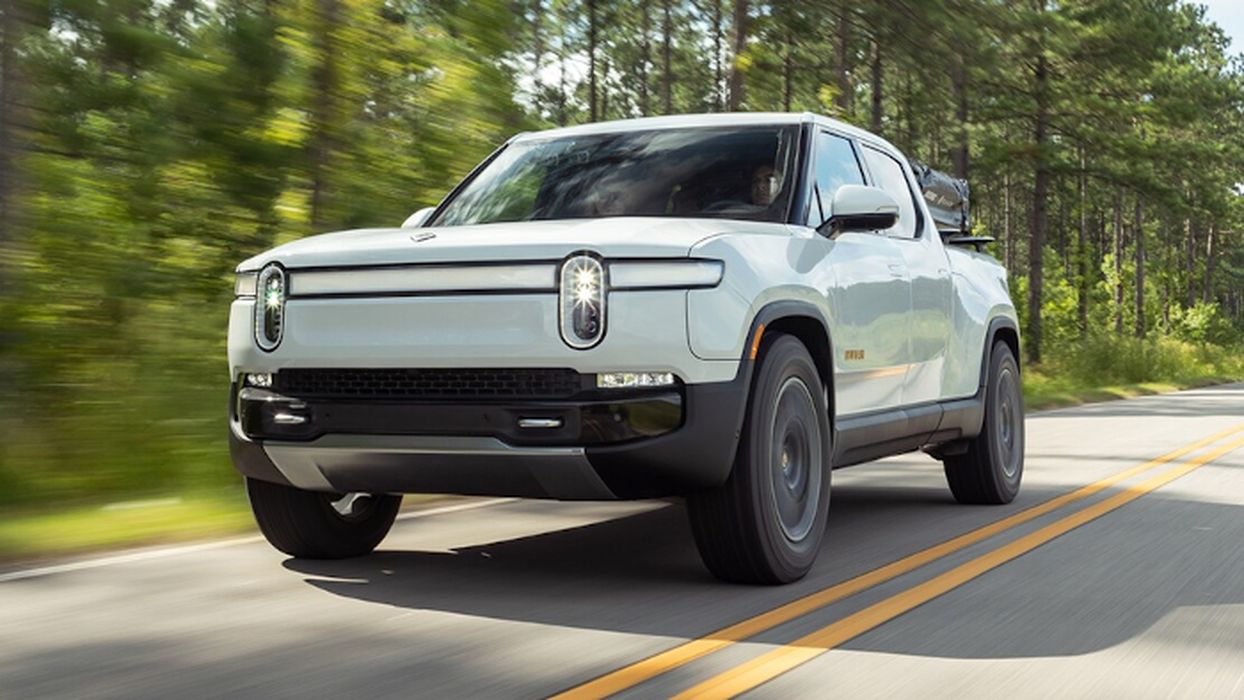
Charles R. Goulding and Randall Rothbort examine how Rivian’s use of 3D printing may influence other manufacturers, like Ford.
Rivian has quickly become one of the hottest names in both the auto industry and the financial industry.
Pioneering the electric pickup and SUV industry, Rivian is quickly growing in the United States, Canada, and internationally. With its recent IPO offering being the largest of the year, Rivian became the second most valuable US automaker behind Tesla with a market valuation of close to US$100B. This is after a recent stock plunge, that still has the stock up over 10% from the IPO value. Rivian designs and builds its vehicles with bleeding-edge production methods as well as innovative designs.
Various companies, including Amazon, have made significant investments into Rivian, however, few stand to benefit more than Ford Motor Company. With their initial investment of $500 million, Ford looks to benefit not just financially, but technologically through the collaborative partnership between the two companies.
Forward Thinking Auto Design

Rivian skateboard platform [digitalengineering247.com]
Rivian was founded to create new innovations for electric vehicles when there were no real SUV or pickup options available. These vehicles have unique challenges, as they require more power, storage space, and durability than sedans. Rivian looked to not only develop electric systems for these types of vehicles but also improve on EV designs in general.
The company uses a variety of unique design methods, including state-of-the-art 3D modeling and simulation technology, as well as extensive 3D printing for design, prototyping, and production. This has led to the development of the “skateboard” platform, an efficient and streamlined design that includes the battery pack, drive train units, suspension, braking, and thermal system for an EV.
This entire system sits below the vehicle, giving it a low center of gravity and allowing for increased stability. This system became the perfect base to develop fully-featured EVs. After announcing their initial R1T pickup truck, this same skateboard platform served as the base for both their R1S SUV as well as an upcoming Amazon electric delivery van (of which there is an order for nearly 100,000 vehicles).
Ford and Rivian Collaboration
As electric vehicles have shown their promise as the future of the auto industry, Ford has shown incredible willingness to break free from their previous business strategies and incorporate new and innovative technologies into their vehicles and processes. This has led to the expansion of their own domestic EV capabilities, as discussed in our prior article “Ford Blue Oval EV Plant and 3D Printing”.
Ford’s former president of global operations, Joe Hinrichs, worked tirelessly in 2019 to complete the partnership between Ford and Rivian. This dramatic negotiation featured Ford backing down, their competitor GM almost completing a deal, and a 4-hour negotiation on a private jet between Hinrich and Rivian CEO R.J. Scaringe. This led not only to US$500M in investments for Rivian, but a deeper connection in which Ford and Rivian would share expertise.
Before the Covid-19 pandemic, Rivian was even set to develop an EV under the Lincoln brand. Even still, Ford and Rivian still maintain a relationship, likely sharing business knowledge and strategies. As Ford enters the electric vehicle industry themselves, they are sure to incorporate Rivian’s unique and innovative use of additive manufacturing, among various other process improvements, into their own product lines. These processes lend themselves well to new technologies, such as electric vehicles, particularly while manufacturing the platforms that support these vehicles.
The Research & Development Tax Credit
The now permanent Research and Development (R&D) Tax Credit is available for companies and startups developing new or improved products, processes and/or software.
3D printing can help boost a company’s R&D Tax Credits. Wages for technical employees creating, testing, and revising 3D printed prototypes can be included as a percentage of eligible time spent for the R&D Tax Credit. Similarly, when used as a method of improving a process, time spent integrating 3D printing hardware and software counts as an eligible activity. Lastly, when used for modeling and preproduction, the costs of filaments consumed during the development process may also be recovered.
Whether it is used for creating and testing prototypes or for final production, 3D printing is a great indicator that R&D Credit eligible activities are taking place. Companies implementing this technology at any point should consider taking advantage of R&D Tax Credits.
Conclusion
As Ford Motor Company continues to expand its electric vehicle economic development, their deepening connection with the fast-growing Rivian will be a boon for their business. By tapping into Rivian’s innovative manufacturing processes and EV technologies, Ford will be able to improve its own EV models and production lines.
The introduction of new technologies often is accompanied by similarly inventive manufacturing processes, such as 3D printing and additive manufacturing. The continued growth of Rivian will be important to watch, not only for the electric vehicle industry but for all manufacturing industries, such as 3D printing.

